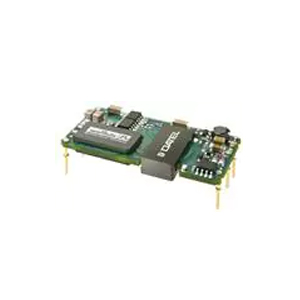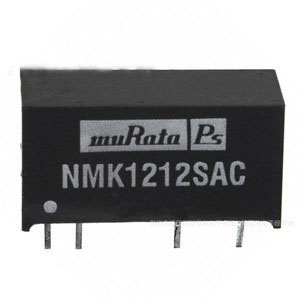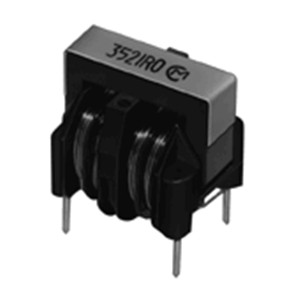Description
|
The sensor module consists of a particle separator, which divides PM2.5 particles from larger particles, and an optical sensor, which measures the density of PM2.5 particles in 10 seconds. The device can be switched to detect much larger particles.
Although several types of PM2.5 sensors are commercially available, such as laser-equipped systems employing the cyclone method or the impactor method, they are bulky and need maintenance. Sharp overcame these drawbacks by developing a compact virtual impactor and an LED-based sensor that eliminate the need for maintenance.


MOD PM2.5 DUST SENSOR
Product Information
| Detailed Description | : | Infrared (IR) Dust Sensor Module |
| Mounting Type | : | Chassis Mount |
| Part Status | : | Discontinued at Digi-Key |
| Sensitivity | : | 1V/(0.1mg/m3) |
| Current – DC Forward (If) (Max) | : | 20mA |
| Operating Temperature | : | -10°C ~ 60°C |
| Voltage – Supply | : | 5V |
| Package / Case | : | Module |
| Type | : | Infrared (IR) |
| Manufacturer | : | Sharp Microelectronics |
|
The sensor module consists of a particle separator, which divides PM2.5 particles from larger particles, and an optical sensor, which measures the density of PM2.5 particles in 10 seconds. The device can be switched to detect much larger particles.
Although several types of PM2.5 sensors are commercially available, such as laser-equipped systems employing the cyclone method or the impactor method, they are bulky and need maintenance. Sharp overcame these drawbacks by developing a compact virtual impactor and an LED-based sensor that eliminate the need for maintenance.






